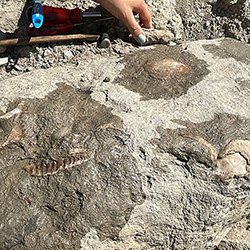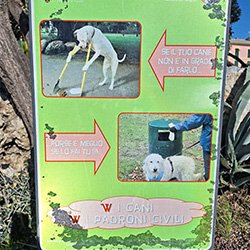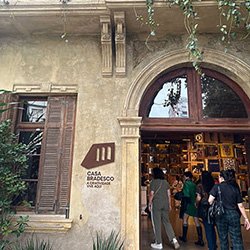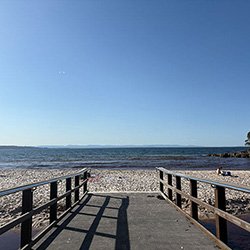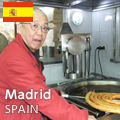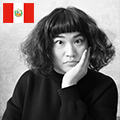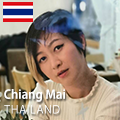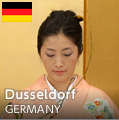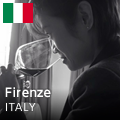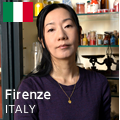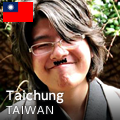
I quite like that moment when you welcome the New Year, when you feel as if your life has been reset, you set new goals for the year ahead, and feel as if you can have a go at anything you want to from that moment on. Peru has a custom that is perfect for that sort of moment. You eat 12 grapes at the stroke of midnight, when New Year’s Eve turns to New Year’s Day, so that happiness comes to you in the new year. When in Rome, you do as the Romans do, so, this year, the moment that 31 December became 1 January, I called out “Happy New Year!”, gave everyone a hug, and ate 12 white grapes.

This custom is said to have been introduced to South America from Spain, and there are various theories about how it began. According to one theory, it began way back in 1909 in Alicante in southeastern Spain, when there was a bumper harvest of a variety of white grape called Aledo, which is representative of the region. They needed ideas on how to sell all the grapes and decided to wrap up 12 white grapes and sell them as “lucky grapes” telling people that eating 12 Aledo grapes would bring good luck. Then, over the years, the custom was gradually refined and became established as a cultural practice. In areas where fresh white grapes are not available, people eat dried grapes instead. It seems important that what you eat is grapes.

You can easily get fresh white grapes in Peru. When you go to the market at this time of year, you’ll see lots of large, sweet, white grapes. The white grapes in this photo were amazingly 250 yen. In Japan, they would cost around 2,500 yen, right? They are seedless and you can eat the skin as well, so they’re stress-free and you can eat up a whole bunch before you know it.

Actually, in the province of Ica, where I live, grapes are produced in large quantities to make wine and “pisco.”

Ica is called the city of sand, and if you inadvertently leave your computer outside, you will have a major problem because there will be piles of sand between the keys. That’s how much sand there is here in Ica, but being located in a desert area on the Pacific coast, the grape vines grow very well. Its dry and warm climate (average temperature of 25 degrees Celsius) with little rainfall throughout the year is said to be very well suited to growing grapes.

Of the many wineries in Ica, I visited Tacama, which has a long history and is said to be the oldest winery in South America. It is about a 20-minute drive from the center of Ica.

Tacama’s guided tour for sightseers is a tightly packed program. It starts with learning about the history of Tacama, followed by a tour of the winery, a tour of the endless vineyards, then wine and pisco tastings. As you would expect in this country of generous servings, each tasting was the equivalent of an ordinary glass and they served a number of different varieties, so if you drink everything they serve, you might find yourself getting tipsy by the end of the tour.



The outdoor restaurant run by Tacama is very nice, so it might be a good idea to try some local Ica food with the wine.


Well, here’s where I say “Adios!” This has been Shoko Yamamoto from Paracas, Peru.










